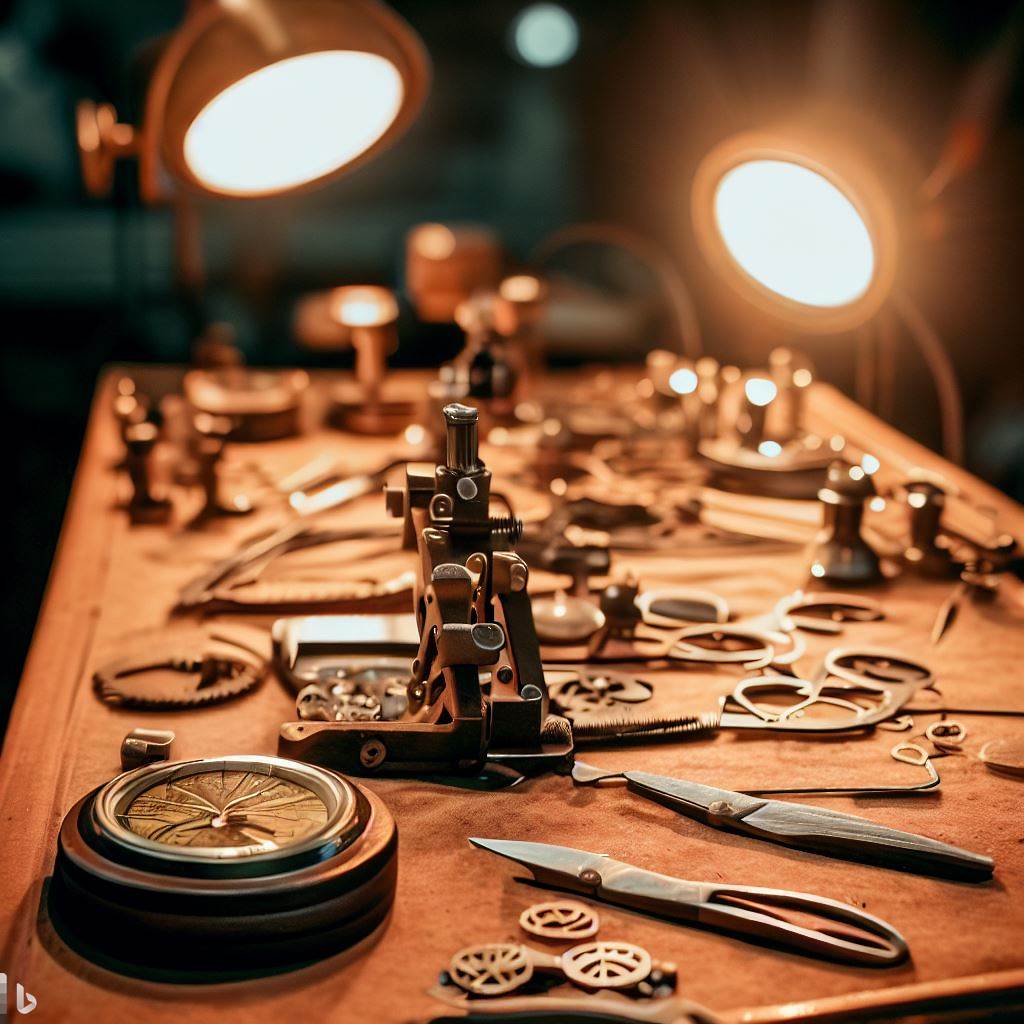Handmade Watchmaking for Beginners: Starter Kits and Essential Tools
The specialized precision tools required for watchmaking can seem intimidating for newcomers. However, affordable starter kits exist that provide fledgling hobbyists with all the basic implements necessary to disassemble, modify, and craft rudimentary timepieces. Before investing in separate high-end tools, beginners should master starter sets. These allow handling watch components safely while learning fundamentals. With practice, starter tools build essential skills before upgrading to professional gauges, lathes, and engravers. Here are recommendations on equipping a beginner watchmaking workspace with economical starter toolkits and key accessories for early success.
Beginner Watchmaker Toolkits
All-in-one starter sets provide tools for basic operations.
Screwdriver Sets
Start with quality precision screwdriver suites with multiple jeweler’s heads sized for watch screws.
Tool Rolls
Portable leather tool rolls offer essential beginner’s implements conveniently together in one case.
Lathe Accessories
Entry level starter turning kits include chucks, rests, and basic turning bars to start.
Loupe Set
Amplification is key. Kits include a loupe, stand, and light for inspecting watch components.
Tweezer Assortment
Precision tweezers make handling delicate parts doable.
Dial Fixture Sets
Starter fixtures securely hold dials for refinishing and modifications.
Hand Remover Tool
This specialty spring-loaded tool safely lifts hands off movements without damage.
Critical Basic Hand Tools
These individual implements build core skills every watchmaker needs.
Eye Loupe
Start with a minimum 10x loupe for inspecting miniature components. Upgrade to higher power later.
Utility Knife
Sharp craft knives carefully scrape, slice, and lift debris away. Extendable blades are handy.
Files
Jeweler’s files in knife, bar, and round shapes finesse metal and plastic components.
Pin Vise
A precision chuck for grasping tiny drill bits, broaches, and polishing points firmly.
Safety Glasses
Protect eyes from flying debris when sawing, drilling, and cutting. Get side shields.
Plastic Pick Set
Angled picks clean, nudge, and reposition delicate parts safely.
Utility Brushes
Have multiple soft and stiff bristle brushes for cleaning. Camel hair works well.
Important Measuring Instruments
Precision is impossible without these diagnostic gauges.
Digital Calipers
Measure parts to 0.01 millimeter accuracy when fitting, grinding, and machining components.
Dial Indicators
Sensitive gauges that amplify minute deviations and inconsistencies in part dimensions.
Micrometers
These specialized calipers read differences thinner than a human hair for exacting measurements.
Depth Gauges and Verniers
Check clearances, recesses, and alignment positions when building assemblies.
Loupe Measuring Reticle
Loupes with measuring scales etched into lens field of view assist scaling small areas.
Beginner Watchmaking Workstation Considerations
A comfortable, well-lit workspace helps learn efficiently.
Bright Magnified Light Source
Illuminated magnifiers eliminate eye strain and shadows when working on minute components.
Large Desktop Area
Ample room allows organizing parts trays and positioning gauges, vises, and securing aids.
securing Clamps and Stands
Third hands like helping hands, stands, and padded clamps allow working hands-free.
soft Surface
Protect delicate components with rubber mats that prevent scratches if dropped.
Proper Seating
Comfortable chair, natural posture, and adjustable seating height reduce strain.
Exhaust and Dust Control
Have air filtration and dust shields to prevent debris damaging gears or lungs.
Though mastery takes decades, affordable starter kits and tools open the intricacies of watchmaking to motivated beginners. Start simply, then progress.
